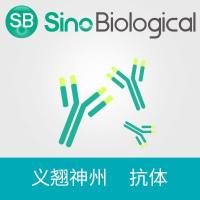Protein kinase C is a key element in signal transduction, cell regulation, and tumor promotion, influencing cellular responses to many stimuli at a variety of levels, including receptors, transduction systems, ion channels, and membrane pumps. Although it was once thought of as a single entity (Nishizuka, 1984 ), recent evidence from molecular cloning and enzymological analysis has revealed the existence of a family of subspecies (for a review, see Nishizuka, 1988 ). Members of this family are enzymes that require anionic phospholipids, in particular phosphatidylserine, the neutral lipid sn -1,2-diacylglycerol (DG), and in some cases, Ca2+ for activation (see Nishizuka, 1984 ,1986 ,1988 for reviews). In addition, protein kinase C has been identified as the major receptor by which the tumor-promoting phorbol esters, such as 4-β-phorbol-12,13-dibutyrate (PDBu) and phorbol 12-myristate-13-acetate (PMA), mediate their many effects on cells, and it has been demonstrated that these molecules can substitute for DG in activating the enzyme both in vitro and in vivo (Castagna et al., 1982 ). Physiologically, the enzyme is activated in response to transient receptor-induced generation of DG (normally present in cells at very low concentrations) from membrane phospholipids, in combination with increased cytostolic [Ca2+ ] ([Ca2+ ]1 ).






